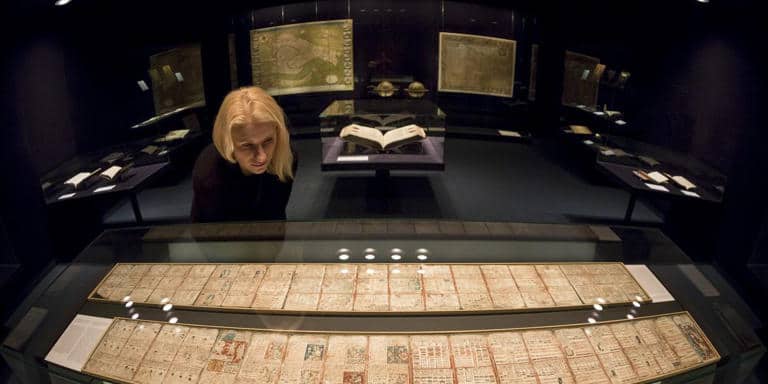
Cracking the Code: Scientists Unravel the Secrets of the Mayan Calendar
- science
- 15 May 2023
- No Comment
- 225
For centuries, the ancient Mayan civilization has captivated the world with its remarkable achievements in astronomy, mathematics, and architecture. Among their many enigmatic creations, the Mayan calendar stands as a testament to their unparalleled knowledge and ingenuity. For years, researchers and historians have puzzled over the intricacies of this remarkable timekeeping system. But now, after decades of painstaking analysis and collaboration, scientists believe they have finally unlocked the secrets of how the Mayan calendar works.
The Mayan calendar, known for its incredible precision and complexity, is composed of various interlocking cycles and symbols that span vast time periods. At the heart of this extraordinary calendar system is the Long Count, which measures time in cycles of 5,125 years, known as baktuns. Each baktun is further divided into smaller units, including katuns, tuns, and winals, enabling the Mayans to track time with remarkable accuracy.
One of the key breakthroughs in deciphering the Mayan calendar came from a collaboration between archaeologists, mathematicians, and astronomers. By examining ancient Mayan texts, inscriptions, and astronomical alignments, researchers discovered that the calendar was not simply a measure of time, but also a sophisticated tool for predicting celestial events such as eclipses and planetary movements.
Central to the Mayan calendar is the concept of “correlation,” which aligns the Long Count with our modern Gregorian calendar. Initially, establishing this correlation proved challenging due to discrepancies in historical records and the complexities of Mayan timekeeping. However, through meticulous analysis of astronomical data and cross-referencing with known historical events, scientists were able to identify the exact starting point of the Long Count in relation to our calendar, known as the GMT (Goodman-Martinez-Thompson) correlation.
Furthermore, researchers uncovered that the Mayans incorporated various astronomical phenomena into their calendar system, including the movements of Venus and Mars, solar and lunar eclipses, and the positions of constellations. By accurately tracking these celestial events, the Mayans could anticipate significant astronomical occurrences and align them with important cultural and religious ceremonies.
The newfound understanding of the Mayan calendar sheds light on the incredible intellectual capabilities of this ancient civilization. It is a testament to their mastery of mathematics, astronomy, and their deep connection with the cosmos. Moreover, it dispels previous misconceptions that the Mayan calendar predicted the end of the world, emphasizing instead its remarkable precision and intricate design.
The implications of this breakthrough extend beyond historical curiosity. The Mayan calendar’s complex mathematical and astronomical principles have the potential to inspire new insights in fields such as astronomy, mathematics, and even computer science. By unraveling the mysteries of this ancient timekeeping system, scientists are tapping into a wellspring of knowledge that may have far-reaching implications for our modern world.
As we delve deeper into the secrets of the Mayan civilization, we not only gain a greater appreciation for their extraordinary achievements but also recognize the value of preserving and studying the wisdom of ancient cultures. The Mayan calendar, once an enigma, now stands as a testament to the intellectual prowess and enduring legacy of one of the world’s most fascinating civilizations.


